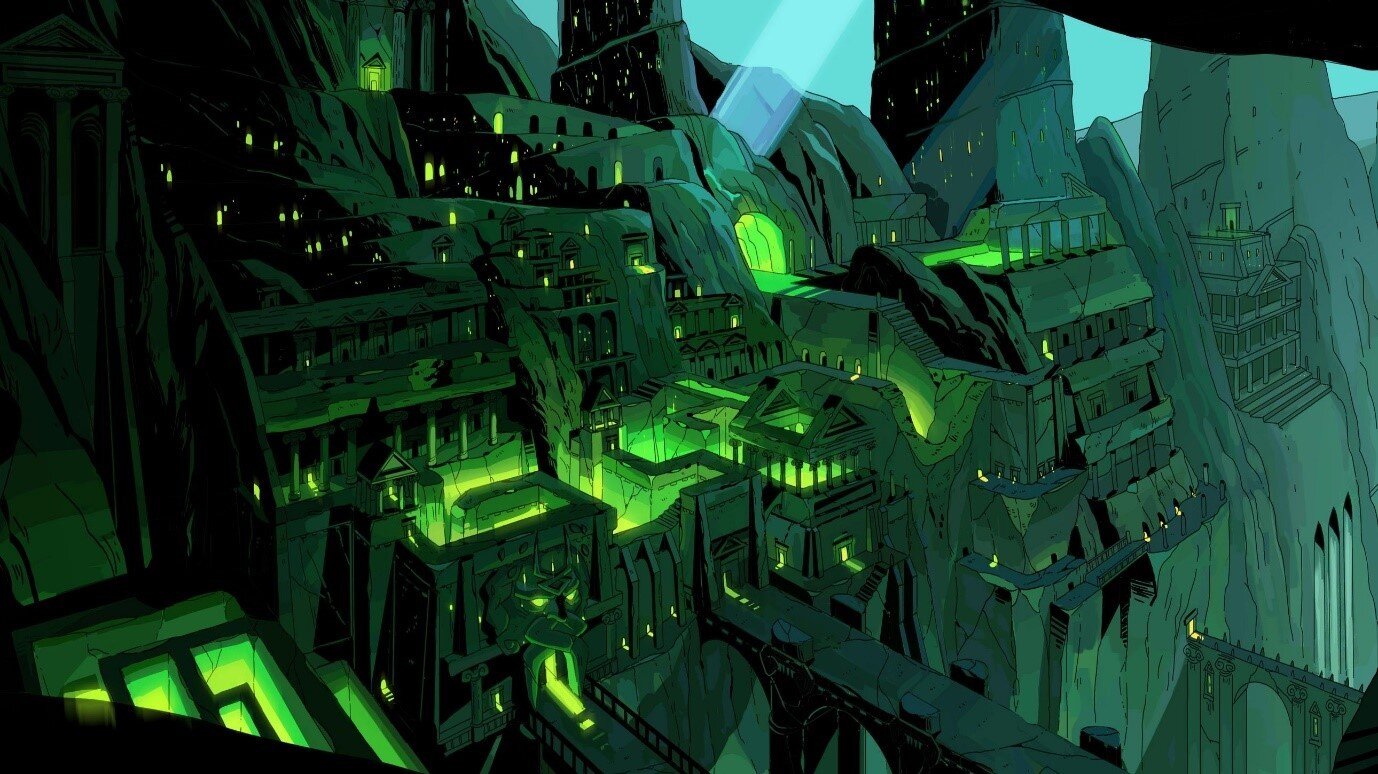Hades: The Joy of an Accessible Roguelike
Git gud. Or, you know, just have a nice time. That works too.
According to Steam global achievements statistics only 33.7% of The Binding of Isaac: Rebirth players have beaten Blue Baby, one of the potential final bosses, playing as Isaac. Even fewer Enter the Gungeon players have beaten the High Dragun, the final non-secret boss of the game. Two of the most critically acclaimed Roguelikes of the past decade, both of which can be completed in under an hour and yet so few players have managed it.
Yet simultaneously it isn’t difficult to see why. The Roguelikes of the past decade have often been impenetrable, with secret bosses, unexplained items and obtuse mechanics galore. However, Hades, the latest title from Transistor developer Supergiant Games, is shunning the tropes that preceded it and is already setting the benchmark for the next decade of Roguelikes.
Unlike many Roguelikes, the Greek mythology setting of Hades is instantly recognisable. You play as Zagreus, the immortal son of a god, unrelenting in his desire to escape the underworld. Naturally, most players will be well accustomed to many of the game’s characters; notably Hades, Achilles and almost the entirety of the Olympic Pantheon. In comparison to the abstract surrealism of something like The Binding of Isaac, the immediate familiarity you feel when dropped into this world of twisted myth almost makes Hades feel grounded and, dare I say, comfortable.
The whole game is set in the innards of Zagreus’ Great Grandmother Gaia. Greek mythology is profoundly disturbing.
This carries through into the game’s core loop as well. As with any Roguelike, each run consists of delving into an assortment of vividly designed rooms, populated with a wide variety of enemies and select few bosses. Death, of course, means returning to the beginning. Except in Hades, every time you’re forced to take a trip back to the River Styx, you come back stronger.
On your climb out from the Earth’s innermost core, you’ll find an array of currencies that can be used to permanently make your venture that little bit more manageable. Darkness allows you to grow Zagreus’ strength, Chthonic Keys unlock new weapons and abilities, whilst Gemstones can be spent to renovate elements of the underworld to aid your rise to the surface.
And now to really open Pandora’s Box
Now, of course, a progression system in a Roguelike isn’t exactly new. Rogue Legacy is often held as an example of how these games can do progression right. But Hades abandons all pretence of compromise in this regard, and it’s all the better for it. There’s no need to optimise your currency expenditure because unlike most Roguelikes, the game never threatens to rip it from you on death. Your Midas-like wealth is yours for keeps. Supergiant even go a step further and allow you to refund any darkness you spend at their full value. No longer are you pushed into the difficult position of risking waiting for that ability that sounds like a game-changer or safely purchasing an incremental upgrade.
Zagreus’ health reserves are also far more generous than many of his Roguelike counterparts. With a high base health and numerous ways of increasing it, both temporarily and permanently, the immortal son of Hades is understandably, fairly durable. Zagreus has also clearly learned from his compatriot Sisyphus, with the Death’s Defiance ability allowing him to cheat death once or twice as he fights through each tier of hell.
Whilst these systems might represent the sort of decadence that lead to the downfall of the Athenian Empire in the eyes of more hardcore players, to a mainstream audience, they are a blessing from the Olympians themselves.
Hades completely circumvents the deflation that arrives from repeatedly failing to sail home after a long war in some foreign land, let’s say Troy. The difficulty still exists for any player talented enough to reach the latter areas with minimal upgrades, but Hades gives anyone of almost any skill level enough ambrosia to allow them a fighting chance.
The only fury to be found here are the Furies themselves.
This sense of accessibility permeates throughout every inch of a game so deep it begins in Tartarus. When you find a Boon, one of the few upgrades that do refresh from run to run, you’re given a choice of 3 potentially powerful new skills, each with a wonderfully useful tooltip detailing exactly how they work.
After hundreds of hours in The Binding of Isaac, I consistently ruin my runs by picking up Cursed Eye because I haven’t yet burned its slight aesthetic differences with Cain’s other Eye or Evil Eye into my eyelids. Yet only out of hubris could I pick up a boon in Hades that could metamorphize a game winning run into one in which Thanatos’ grip would only be a sweet release.
And that’s the crux of Hades, you’re never having a bad time. There are so many workable strategies and builds that even intervention from Chaos itself won’t throw you off track. This isn’t something that could be said for most other titles in the genre and that’s an incredible achievement. Supergiant should be celebrated for crafting a game with such a high skill ceiling that is still somehow accessible to all. Hades is here to ferry us into the new decade of Roguelikes.




![Here's the Rundown of Everything in Today's Inside Xbox [07/05/2020]](https://images.squarespace-cdn.com/content/v1/5caf2dea93a63238c9069ba4/1588874044682-8TC91M186TO9HR37Y3YU/Assassins-Creed-Valhalla-2-scaled.jpg)



